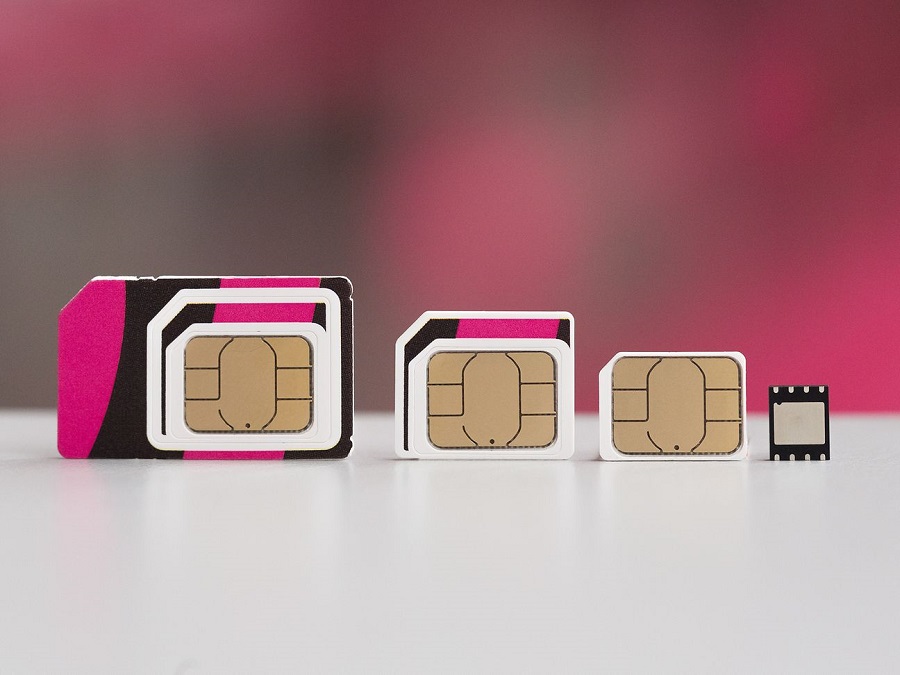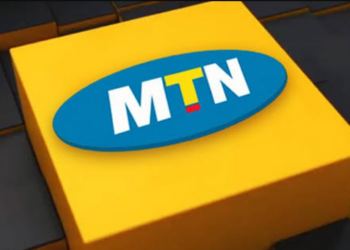MTN announced on July 15, 2020, that its virtual sim cards are now available in Nigeria. This eSim (embedded sim) is built into the smart device and provides the same function as the physical Sim cards; the difference is they cannot be damaged or lost like the physical ones. In cases where there is a damaged phone, the user will need to visit an MTN store to have it deactivated. Also, the MTN eSim can have more than the limited 200 contacts the physical cards normally carry.
However, not everyone can use the eSim just yet as it is compatible with a limited number of phone brands, some of which include: Google, Apple and Samsung, and even then, there are only a few models of these named brands the eSim can be integrated into.
READ MORE: Sim Shagaya’s Edtech startup secures $3.1 million Seed Funding
How does it work?
The eSim has to be activated onto a user’s device. This activation will be done in an MTN store by a customer service agent, this process according to MTN comes at no cost to the user. As soon as the device is confirmed to be compatible, a profile of the subscriber is created and the agent completes the integration process.
Reportedly, MTN will be testing the virtual sim cards over the next 1 year and will only be available to 5000 people during this test run. Also, current phone numbers cannot be linked to the eSim cards at the moment.
Nonetheless, this is yet another first for MTN, Nigeria’s’ biggest telecom company. The telco is no stranger to firsts in these parts; since 2001, the company has been credited with many firsts when it came to mobile communication and internet penetration. With the launch of the eSim, MTN has become the pioneer in West Africa.
READ ALSO: Nigerians react as 7.5% VAT increase affects phone calls, SMS
Why are we liking the Idea of eSims in Nigeria?
It is rather early to say whether or not the eSim will in time completely phase out the physical cards Nigerians are used to but the many upsides that come with it, give room for us to want the eSim to thrive.
Sims have had one of the most exciting evolutions- Telcos have moved from macro Sims to micro and nano Sims, now we have the eSims, very soon, we’ll probably go simless all together.
The Upsides?
- Using eSims means no more need for a sim card slot in newer model devices- so in case of a damaged slot, you can still use your device. Most devices that are compatible still have the sim card slot but just like the head phone jacks, the slots will probably disappear too.
- It is much easier to have multiple telephone numbers on one phone- no need to spend so much on a phone that supports two sim cards and no need to swap out sim cards any longer.
- It’ll be much easier to buy one off data plans and phone services when travelling abroad.
- Phones with the eSim feature have much more internal space, so they can fit in more components like bigger batteries, not just phones.
- eSims can be used in smart watches without having to link it to your phone.
- With the eSim comes locks to prevent anyone other than the user from using the embedded device, making it almost useless for anyone who intends to steal.
READ MORE: Poor service: 19,977 subscribers lodge complaints against Telcos
The Downsides?
- The process when a user wants to switch phones can be a bit of a hassle- they would have to log on to your carriers system to inform on the number change for the new phone/device.
- User can be tracked easily seeing as you cannot fully disconnect from the network.
- Can only work on expensive devices- this relatively new technology can only work on new and expensive phone and devices, hence, the chance it will go mainstream in Nigeria where there is still a large market for the older model phones that are not even internet compatible is rather unlikely.
- Could cause a slow in business for telecom companies as the eSim allows consumers to purchase data connectivity from whoever they choose online.
From all the offerings of the eSim, it seems the most beneficial to a user who travels a lot rather than the next door mobile phone user. Regardless, the eSim has a lot of potential and eventually it could take the place of physical cards, but for now they will have to exist alongside the physical cards.





















Thanks for this update, permit me to point out that MTN is not the first telecom to introduce the e-sim. Multilink was the first to introduce it in 2008. I used it on my multilinks then in Abuja.